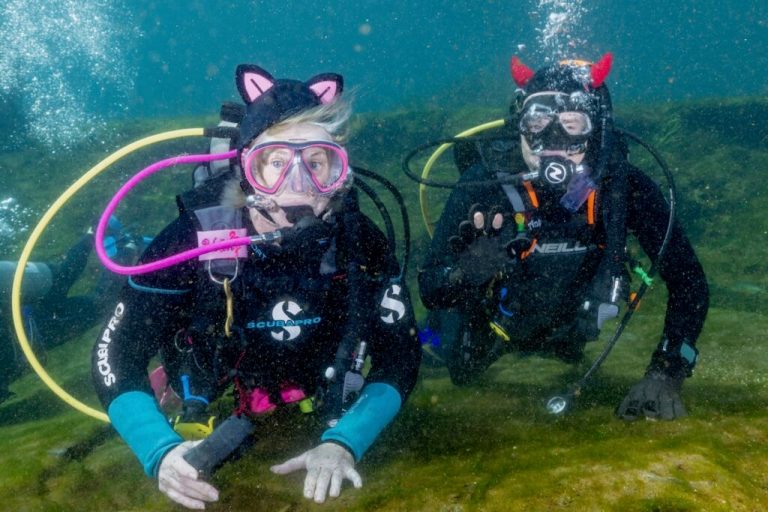Reviewed by: Pat Byington
Water safety in Alabama—here’s what you need to know
Reading time: 4 minutes

Hot summer temperatures in Alabama call for lake days and seafood. However, there are certain precautions to take when enjoying these summertime staples. Read on for water safety guidelines and new fish consumption advisories.
A rare amoeba in Georgia

After the shocking news of an unfortunate death in Georgia caused by Naegleria fowleri infection (the rare “brain-eating” amoeba), safety in the water is top-of-mind.
“Naegleria fowleri is an ameba (single-celled living organism) that lives in soil and warm fresh water, such as lakes, rivers, and hot springs. It is commonly called the ‘brain-eating ameba’ because it can cause a brain infection when water containing the ameba goes up the nose. Only about three people in the United States get infected each year, but these infections are usually fatal.”
CDC’s Website
According to the Centers for Disease Control and Prevention (CDC), there have been no reported cases of this rare infection in Alabama. However, deaths in Florida, Nevada, and now, Georgia, have been reported as a result of infection from the brain-eating amoeba this year.
According to the CDC, infections only occur through contaminated water going up the nose. While cases are extremely rare, the CDC recommends the following guidelines to prevent infection:
- Avoid jumping or diving into bodies of warm fresh water, especially during the summer.
- Hold your nose shut, use nose clips, or keep your head above water when in bodies of warm fresh water.
- Avoid putting your head under water in hot springs and other untreated geothermal waters.
- Avoid digging in, or stirring up, the sediment in shallow, warm fresh water. The amebae are more likely to live in sediment at the bottom of lakes, ponds, and rivers.
How much fish is too much?

Now that we’ve talked about safety in the water, let’s talk about safety on your plate. After analyzing fish samples for contaminants harmful to humans, the Alabama Department of Public Health has released their updated annual guidelines for fish consumption. These guidelines reflect a safe amount of fish to consume based on the level of contaminants (such as mercury, PCBs and PFOs) found in Alabama fish.
“These recommendations are really critical, especially in Alabama. Hunting and fishing is…intergenerational knowledge. Lots of people are still fishing for food in Alabama…[it’s a] cheap easy protein to feed their family and put dinner on the table.”
Abby Brown, Director of Community Engagement, Coosa Riverkeeper
You can find the updated guidelines here, which include recommended fish consumption levels for fish from waterways all over the state.
For at-risk individuals (such as babies, children under 14 and pregnant + nursing women), the ADPH has issued statewide guidelines, which include:
- No king mackerel, shark, swordfish, or tilefish
- Maximum 6 ounces of white tuna per week (less for young children)
- Maximum 12 ounces a week (about 2 meals) of low-in-mercury fish + shellfish (less for young children)
In addition, the Coosa Riverkeeper hosts a community hotline that contains all the guidelines in both English and Spanish, which you can access at (844)219-7475.
Swim guides
With temperatures in the 90s in Alabama, swim season is still in full-swing. To stay safe in our state’s beautiful lakes and rivers, make sure to reference local swim guides.
- The Coosa Riverkeeper’s swim guide answers the question “Is it safe to swim?” with weekly updates on some of Alabama’s most popular waterways. Their traffic-light style guide offers a quick-reference way to check water safety.
- Cahaba Riverkeeper also has a swim guide to keep Cahaba swimmers safe.
Want updates like this delivered straight to your inbox? Sign up for our newsletter today.



